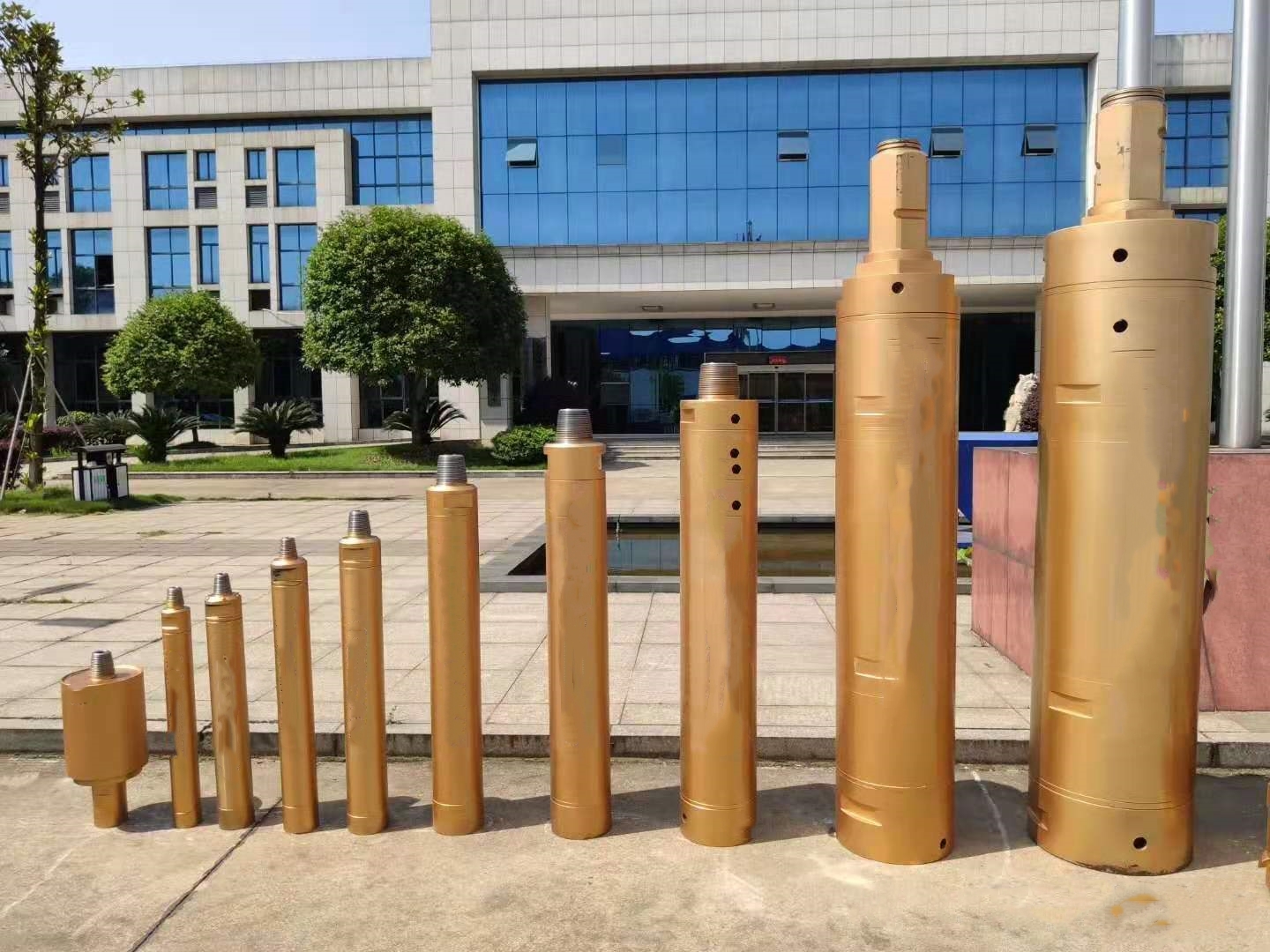Types of Drill Hammers Used in
Pneumatic Drill Hammers: As mentioned before, these rely on compressed air. They are further classified into high – 风压 and low – 风压 varieties, as well as valve – type and non – valve – type. Pneumatic drill hammers are lightweight, which makes them highly portable. They can achieve a relatively high frequency of impacts, making them very effective in soft to medium – hard formations like clay, loose soil, and some types of sandstone. In applications such as shallow – depth construction projects, where mobility and quick drilling in softer materials are required, pneumatic drill hammers are a popular choice. However, they do have limitations. They need a reliable source of compressed air, usually from an air compressor, which can be bulky and consume a significant amount of energy. Also, they may not be as powerful as some other types when dealing with extremely hard rocks.
Hydraulic Drill Hammers: These use hydraulic fluid to generate impacts. The hydraulic system allows for precise control over the impact energy and frequency. Hydraulic drill hammers are capable of delivering extremely high impact energies, making them ideal for drilling through hard and abrasive formations such as granite and quartzite. In large – scale mining operations or deep – well drilling projects where hard rock drilling is a common task, hydraulic drill hammers are often the go – to option. Their ability to break through tough materials efficiently reduces the overall time and cost of the drilling operation. But they tend to be more complex and heavier than pneumatic drill hammers, and their maintenance can be more involved due to the hydraulic system.
Down – das – Hole (DTH) Drill Hammers: DTH hammers are a unique type. They are designed to be located at the bottom of the drill string, close to the drill bit. This positioning enables them to deliver powerful impacts directly to the bit, minimizing energy loss during transmission. DTH hammers are highly effective in medium – hard to hard rock formations. They can work in combination with different types of drill bits, depending on the specific rock characteristics. For example, in limestone formations, a DTH hammer paired with a carbide – tipped bit can achieve a high rate of penetration. They are widely used in mining, quarrying, and large – scale construction projects where deep and accurate holes need to be drilled in rock.

 Bohrinsel Bangxin
Bohrinsel Bangxin